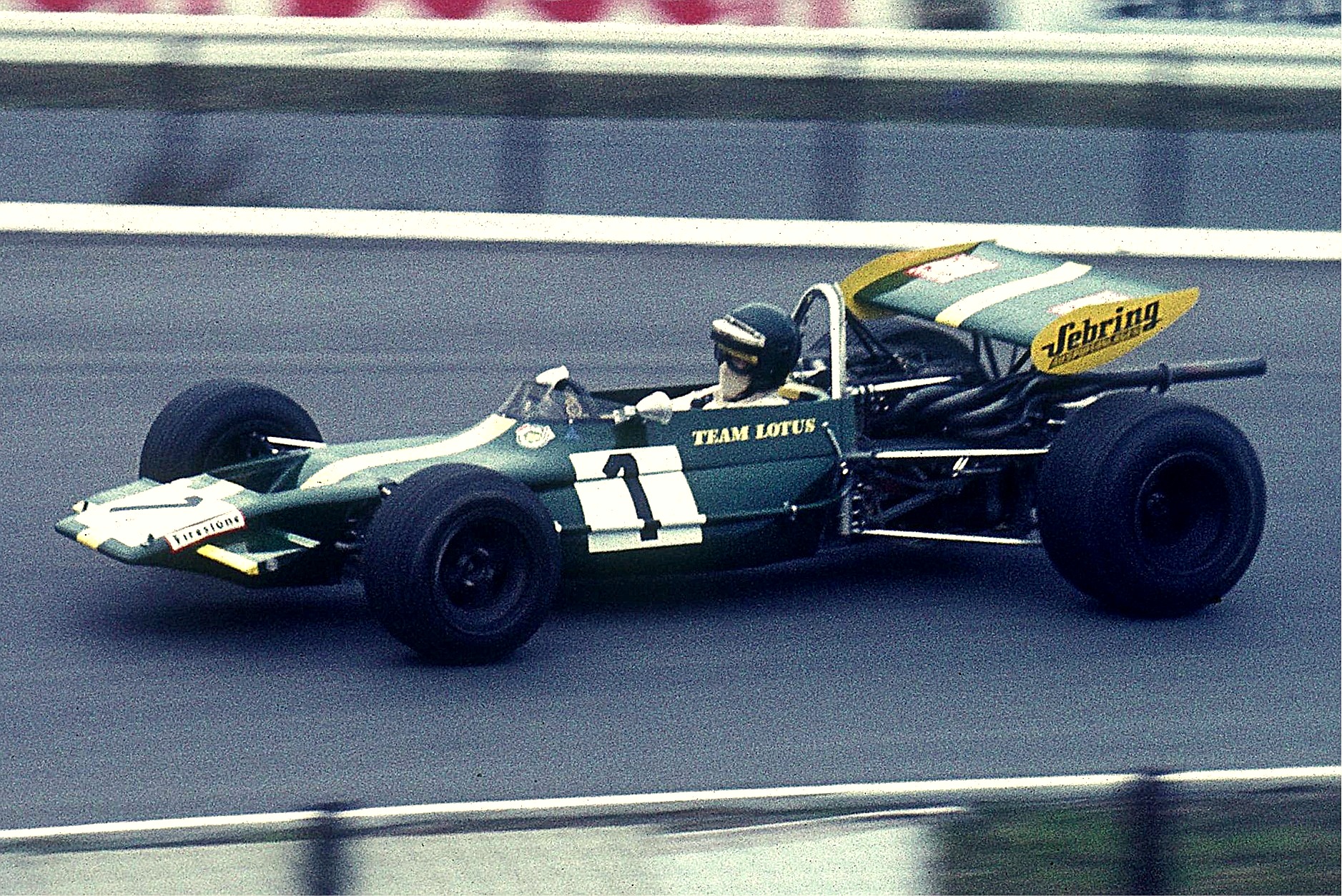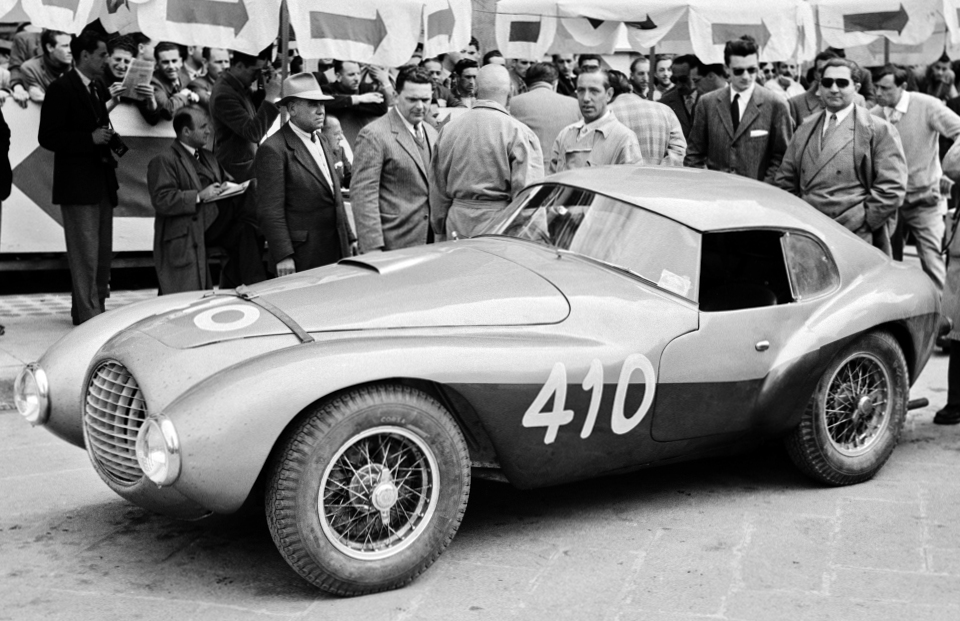|
Ferrari 212 ...
Ferrari used its 2.6 L (2562.51 cc) ''Colombo'' V12 engine in a number of models, all called 212 for the displacement of a single cylinder. The following models used the 212 name: * 1951 Ferrari 212 F1 — Formula 1 and Formula 2 racer * 1951 Ferrari 212 MM — racing berlinetta * 1951 Ferrari 212 Export — racing barchetta and coupé * 1951 Ferrari 212 Inter — grand tourer {{Set index article, cars 212 Year 212 (Roman numerals, CCXII) was a leap year starting on Wednesday (link will display the full calendar) of the Julian calendar. At the time, it was known as the Year of the Consulship of Asper and Camilius (or, less frequently, year 965 '' ... [...More Info...] [...Related Items...] OR: [Wikipedia] [Google] [Baidu] |
Ferrari 212 F1
The Ferrari 212 F1 was a Formula 1 and Formula 2 racing car designed by Aurelio Lampredi for Scuderia Ferrari in . Racing history Two 212 F1 chassis were built. One with a De Dion rear axle (chassis 102) and one car with a swing axle (chassis 110). The car was powered by a V12 engine, bore/stroke: × . The Ferrari 212 F1 (chassis 102) made its debut at the 1951 Syracuse Grand Prix where it was driven by Dorino Serafini. Serafini finished second behind Ferrari teammate Luigi Villoresi. Two weeks later Serafini was back behind the wheel of the car at Pau. He qualified the car in third place but retired from the race after 49 laps due to steering problems. These are the only two races in which chassis 102 was entered. Ferrari sold chassis 110 to Swiss driver Rudi Fischer, the leader of Ecurie Espadon. Fischer debuted the car at the non-championship Syracuse Grand Prix. He finished third behind Serafini in the other 212 F1. Fischer finished third at the San Remo Grand Prix and s ... [...More Info...] [...Related Items...] OR: [Wikipedia] [Google] [Baidu] |
Ferrari
Ferrari S.p.A. (; ) is an Italian luxury sports car manufacturer based in Maranello, Italy. Founded by Enzo Ferrari (1898–1988) in 1939 from the Alfa Romeo racing division as ''Auto Avio Costruzioni'', the company built its first car in 1940, and produced its first Ferrari-badged car in 1947. Fiat S.p.A. acquired 50% of Ferrari in 1969 and expanded its stake to 90% in 1988. In October 2014, Fiat Chrysler Automobiles (FCA) announced its intentions to separate Ferrari S.p.A. from FCA; as of the announcement FCA owned 90% of Ferrari. The separation began in October 2015 with a restructuring that established Ferrari N.V. (a company incorporated in the Netherlands) as the new holding company of the Ferrari S.p.A. group, and the subsequent sale by FCA of 10% of the shares in an IPO and concurrent listing of common shares on the New York Stock Exchange. Through the remaining steps of the separation, FCA's interest in Ferrari's business was distributed to shareholders of FCA, ... [...More Info...] [...Related Items...] OR: [Wikipedia] [Google] [Baidu] |
Ferrari Colombo Engine
The Ferrari Colombo Engine was a petrol fueled, water cooled, carburetted 60° V12 engine designed by Gioacchino Colombo and produced in numerous iterations by Italian automaker Ferrari between 1947 and 1988. The maker's first homegrown engine, its linear successor is the Lampredi V12, which it far outlived, the last Lampredi being made in 1959. Colombo, who had previously designed Alfa Romeos for Enzo Ferrari, placed bore centres at 90 mm apart, allowing for significant expansion. Displacements ranged from the diminutive debut that powered the 125S racer to the unit in the 1986 412i grand tourer. Significant updates were made in 1963 for the 330 series, featuring a redesigned block with wider, 94 mm, bore spacing. Enzo Ferrari had long admired the V12 engines of Packard, Auto Union, and Alfa Romeo (where he was long employed), but his first car, the 1940 Auto Avio Costruzioni 815, used a Fiat derived straight-8. Development of the V12 Colombo engine continued long after Co ... [...More Info...] [...Related Items...] OR: [Wikipedia] [Google] [Baidu] |
V12 Engine
A V12 engine is a twelve-cylinder piston engine where two banks of six cylinders are arranged in a V configuration around a common crankshaft. V12 engines are more common than V10 engines. However, they are less common than V8 engines. The first V12 engine was built in 1904 for use in racing boats. Due to the balanced nature of the engine and the smooth delivery of power, V12 engines were found in early luxury automobiles, boats, aircraft, and tanks. Aircraft V12 engines reached their apogee during World War II, following which they were mostly replaced by jet engines. In Formula One racing, V12 engines were common during the late 1960s and early 1990s. Applications of V12 engines in the 21st century have been as marine engines, in railway locomotives, as large stationary power as well as in some European sports and luxury cars. Design Balance and smoothness Each bank of a V12 engine essentially functions as a straight-six engine, which by itself has perfect primary and ... [...More Info...] [...Related Items...] OR: [Wikipedia] [Google] [Baidu] |
Formula 1
Formula One (also known as Formula 1 or F1) is the highest class of international racing for open-wheel single-seater formula racing cars sanctioned by the Fédération Internationale de l'Automobile (FIA). The World Drivers' Championship, which became the FIA Formula One World Championship in 1981, has been one of the premier forms of racing around the world since its inaugural season in 1950. The word ''formula'' in the name refers to the set of rules to which all participants' cars must conform. A Formula One season consists of a series of races, known as ''Grands Prix'', which take place worldwide on both purpose-built circuits and closed public roads. A points system is used at Grands Prix to determine two annual World Championships: one for drivers, the other for constructors. Each driver must hold a valid Super Licence, the highest class of racing licence issued by the FIA. The races must run on tracks graded "1" (formerly "A"), the highest grade-rating issue ... [...More Info...] [...Related Items...] OR: [Wikipedia] [Google] [Baidu] |
Formula 2
Formula Two (F2 or Formula 2) is a type of open-wheel formula racing category first codified in 1948. It was replaced in 1985 by Formula 3000, but revived by the FIA from 2009–2012 in the form of the FIA Formula Two Championship. The name returned in 2017 when the former GP2 Series became known as the FIA Formula 2 Championship. History While Formula One has generally been regarded as the pinnacle of open-wheeled auto racing, the high-performance nature of the cars and the expense involved in the series has always meant a need for a path to reach this peak. For much of the history of Formula One, Formula Two has represented the penultimate step on the motorsport ladder. Pre-war Prior to the Second World War, there usually existed a division of racing for cars smaller and less powerful than Grand Prix racers. This category was usually called voiturette ("small car") racing and provided a means for amateur or less experienced drivers and smaller marques to prove themselves. ... [...More Info...] [...Related Items...] OR: [Wikipedia] [Google] [Baidu] |
Ferrari 212 MM
:''See also the 212 Inter grand tourer'' The Ferrari 212 Export was a sports racing car produced by Ferrari in 1951–1952. The 212 Exports won Tour de France automobile, Giro di Sicilia, Coppa della Toscana, 10 Hours of Messina and other motor races throughout its career. It was meant to be a sports car available for oversea markets. Development The Ferrari 212 Export was an evolution over the preceding 195 S in terms of engine capacity and new chassis. The 212 Export was a race model produced alongside a road-going version, the 212 Inter. The "Export" name first appeared on the 166 Export Vignale Spyder s/n 0072E, from the 166 MM range, and was adopted for the racing 212-series instead of the usual "Sport" moniker. Twenty-seven 212 Exports were built, most of them used in competition. Bodywork Most bodies of the 212 Export range came from the Ferrari's chosen coachbuilder, Carrozzeria Touring. Classic Touring Barchetta shape graced a total of eight cars, while another four ... [...More Info...] [...Related Items...] OR: [Wikipedia] [Google] [Baidu] |
Ferrari 212 Export
:''See also the 212 Inter grand tourer'' The Ferrari 212 Export was a sports racing car produced by Ferrari in 1951–1952. The 212 Exports won Tour de France automobile, Giro di Sicilia, Coppa della Toscana, 10 Hours of Messina and other motor races throughout its career. It was meant to be a sports car available for oversea markets. Development The Ferrari 212 Export was an evolution over the preceding 195 S in terms of engine capacity and new chassis. The 212 Export was a race model produced alongside a road-going version, the 212 Inter. The "Export" name first appeared on the 166 Export Vignale Spyder s/n 0072E, from the 166 MM range, and was adopted for the racing 212-series instead of the usual "Sport" moniker. Twenty-seven 212 Exports were built, most of them used in competition. Bodywork Most bodies of the 212 Export range came from the Ferrari's chosen coachbuilder, Carrozzeria Touring. Classic Touring Barchetta shape graced a total of eight cars, while another fou ... [...More Info...] [...Related Items...] OR: [Wikipedia] [Google] [Baidu] |
Ferrari 212 Inter
:''See also the 212 Export sports racer'' The Ferrari 212 Inter replaced Ferrari's successful 166 and 195 Inter grand tourers in 1951. Unveiled at the Brussels Motor Show that year, the 212 was an evolution of the 166 — a sports car for the road that could also win international races. In 1951, two 212 Inters, both Vignale coupés, driven by Taruffi/ Chinetti and Ascari/Villoresi, scored 1–2 victory at Carrera Panamericana in Mexico. The chassis was similar to the 125 with a suspension featuring double wishbones in front and live axle in back. Coachbuilders included Carrozzeria Touring, Ghia, Ghia-Aigle, Vignale, Stabilimenti Farina, and now Pinin Farina. The latter was an important move for the company, as Farina was already well-known and adding his styling skills would be a tremendous boost for Maranello. However, Pinin Farina was as prideful as Enzo Ferrari, and neither would go to the other to request business up to this point. A mutual meeting halfway between ... [...More Info...] [...Related Items...] OR: [Wikipedia] [Google] [Baidu] |
Grand Tourer
A grand tourer (GT) is a type of car that is designed for high speed and long-distance driving, due to a combination of performance and luxury attributes. The most common format is a front-engine, rear-wheel-drive two-door coupé with either a two-seat or a 2+2 arrangement. Grand tourers are most often the coupé derivative of luxury saloons or sedans. The term is a near-calque from the Italian language phrase ''gran turismo'' which became popular in the English language from the 1950s, evolving from fast touring cars and streamlined closed sports cars during the 1930s. Origin in Europe The grand touring car concept originated in Europe in the early 1950s, especially with the 1951 introduction of the Lancia Aurelia B20 GT, and features notable luminaries of Italian automotive history such as Vittorio Jano, Enzo Ferrari and Johnny Lurani. Motorsports became important in the evolution of the grand touring concept, and grand touring entries are important in endurance sports- ... [...More Info...] [...Related Items...] OR: [Wikipedia] [Google] [Baidu] |





